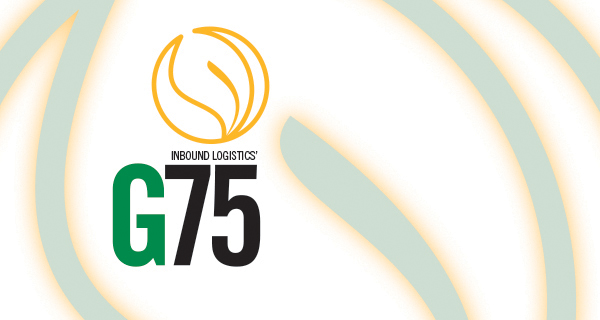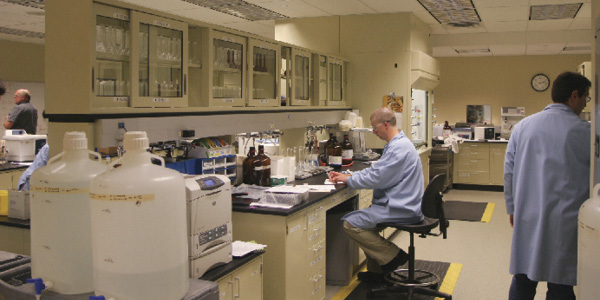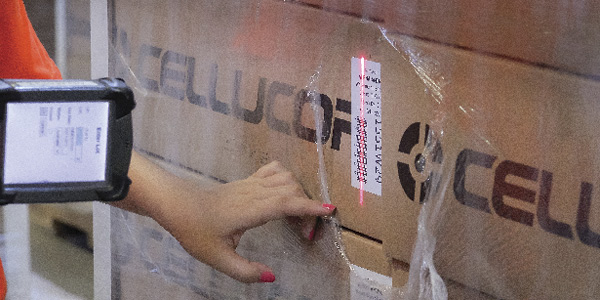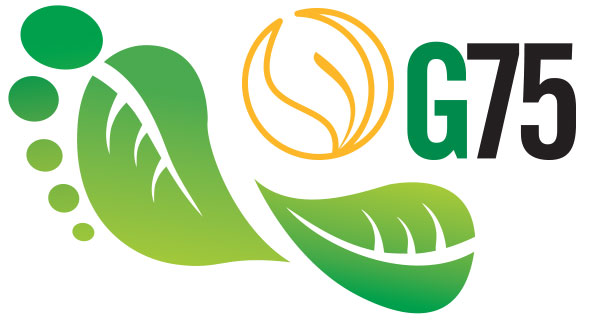Articles
Lean Supply Chain

How Supply Chain Strategies Impact
E-commerce Success
E-commerce has emerged as part of a company’s omni-channel marketing program. Achieving success requires not only an agile, lean supply chain, but also a strategy to get there. Many e-commerce companies sell a variety of products, and each type of product establishes different strategic needs. For example, functional products require lean and flexible network strategies, […]
Read More
Lean: It’s Not About Pens and Pencils Anymore
Traditionally, Lean has been considered a "pen and pencil" technique. But today it is a key enabler of an efficient supply chain that links lean thinking with available and affordable systems and technologies to get the most out of improved processes. This "traditional" view is understandable. In the past, Lean was more often than not […]
Read More
Adapters Win in the Multi-Modal, Omni-Channel Fast Lane
In today’s digital supply chain era, market-leading shippers in North America are racing to adapt to the growing need for the speed, choice, precision, agility and visibility required to satisfy end customers. Responding to multi-modal and omni-channel demands for the rapid flow of goods, forward-thinking supply chain leaders are leveraging advanced analytics, robust supply chain […]
Read More
Does Your Supply Chain Need an Alignment?
If your supply chain isn’t aligned with your overall competitive strategy, then performance may fall short of expectations, with higher costs, poor execution, and reduced revenue and profits. When a company develops a strategic growth plan, it has to decide which priorities—cost, quality, time or flexibility—to focus on. It must then manage the supply chain […]
Read More
Summer Reading Guide: 16 Must-Reads This Summer
Dip into these books to soak up some supply chain savvy and illuminating insights.
Read More
G75: Inbound Logistics’ 75 Green Supply Chain Partners
These supply chain, logistics, and transportation companies lead the way in supporting sustainability.
Read More
Supply Chain Sustainability Takes Root
Whether the motive is saving the environment or saving money, companies are embracing supply chain sustainability from the ground up.
Read More
Changing the Shape of Supply and Demand
Demand sensing and demand shaping have become important strategies when considering customer collaboration and downstream visibility to improve supply chain efficiency. Demand sensing refers to forecasting methods that use mathematical techniques and real-time information to create more accurate demand forecasts (a variety of supply chain analytics), while demand shaping is the act of influencing demand […]
Read MoreCreating a Lean and Green Culture
Focusing on saving money or going green doesn’t have to be an either/or proposition. Fabio Duque, global head of consumer vertical for APL Logistics, offers tips for creating efficiencies that have both environmental and financial benefits. 1. Re-examine your international expedited transportation mix. If you routinely use air cargo to expedite global shipments, consider switching […]
Read More
Saving Green While Going Green
While good for the environment, supply chain sustainability can also be good for the bottom line if incorporated into a company’s supply chain strategy. In the past, most companies were concerned primarily with forward logistics processes, and, to some degree, returning product to suppliers. Today, companies also focus on reverse logistics processes, not only from […]
Read More
Michael Fries: No Small Potatoes
Michael Fries is senior business intelligence logistics analyst at U.S. Foods in Rosemont, Ill. He has held this position since 2014. Responsibilities: Analyzing data on inbound operations and carrier performance to support process improvement. Experience: Member service representative, Alliant Credit Union; project coordinator, Best Messenger Service; supply chain coordinator, CF Industries; logistics sourcing analyst, ITW. […]
Read More
Lean Management: Ready, Set, Grow
Apex International reaches the height of success by cutting waste and going Lean.
Read More
RFID: More Than Just a Better Barcode
Radio Frequency Identification Technology (RFID) offers a multitude of benefits that can significantly reduce and eliminate waste in the extended supply chain. RFID, an automatic identification method using electronic tags that have a microchip and printed antenna, is a lot more than just a small improvement from barcode technology. Barcodes offer a status report at […]
Read More
Measuring to Manage or Barely Managing to Measure
Respondents to a Bain & Company survey say they run their supply chains only half as efficiently as top supply chain performers such as Toyota, Dell, and Home Depot. In fact, top-quartile performers spend just 4.2 percent of revenue on supply chain costs, compared to almost 10 percent for average performers in the same industry. […]
Read More
Nourishing a Healthy Supply Chain
A 3PL partnership helps nutritional life sciences company Nutrabolt stay lean and fiscally fit.
Read More
Intelligent Technology Provides Visibility into Supply Chain
As more and more companies scale and expand, managing transportation is quickly becoming a challenging factor of growth. More so, companies need to have complete visibility into their entire transportation process in order to operate as efficiently and effectively as possible. While many TMS providers can promise transportation management, intelligent transportation technology also provides organizations […]
Read More
Procurement and Purchasing: Buying into Lean
While supply chain costs, primarily procurement and transportation, can range from 50 to 70 percent of sales, some companies place too much emphasis on the traditional focus of reducing material costs in supply processes. Applying Lean principles to procurement and purchasing processes can identify non-traditional sources of waste, in some cases creating a paradigm shift […]
Read More
G75: Inbound Logistics’ 75 Green Supply Chain Partners
If you want your carbon footprint to be as small as possible, and your business to be sustainable, then make sure you are doing business with supply chain partners who feel the same way. Inbound Logistics’ annual 75 Green Supply Chain Partners (G75) focuses on showcasing companies that demonstrate green best practices in their supply chain, […]
Read More
Growing a Culture of Sustainability
Ford Motor Company’s corporate social responsibility journey offers a roadmap for industry to travel.
Read More
How to Cut Seven Non-Traditional Wastes
In my first column for Inbound Logistics in 2012, I covered the seven traditional wastes identified in Lean thinking: Transportation, inventory, motion, waiting, overproduction, over-processing, and defects, more commonly known by the acronym TIM WOOD. But there are other wastes to consider in your supply chain and logistics functions. Let’s examine the following seven non-traditional […]
Read More